Stunning Companion Plants For Stella D'oro Daylilies
Stunning Companion Plants for Stella d'Oro Daylilies
Stella d'Oro daylilies are a popular choice for gardeners because they are easy to care for, bloom for a long period of time, and come in a variety of colors. However, they can look a bit plain on their own. By planting them with companion plants, you can create a more visually appealing and interesting garden.
Here are some stunning companion plants for Stella d'Oro daylilies:
- Russian sage (Perovskia atriplicifolia): This tall, blue-flowering perennial is a great choice for adding height and interest to a bed of Stella d'Oro daylilies. It blooms from late spring to early fall, and its foliage is also attractive.
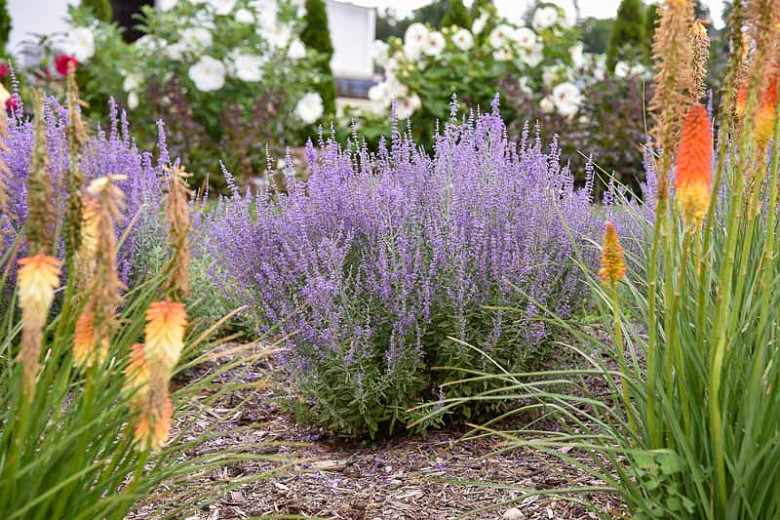
- Lavender (Lavandula angustifolia): This fragrant herb is a classic companion for daylilies. It blooms in shades of blue, purple, or white, and its silvery foliage provides a nice contrast to the daylilies' green leaves.
- Yarrow (Achillea millefolium): This hardy perennial comes in a variety of colors, including yellow, white, pink, and red. It blooms from late spring to early fall, and its daisy-like flowers add a touch of elegance to a garden bed.

- Catmint (Nepeta cataria): This low-growing, blue-flowering perennial is a great choice for filling in the spaces between Stella d'Oro daylilies. It has a soft, silvery foliage that complements the daylilies' green leaves, and it attracts butterflies and other pollinators.
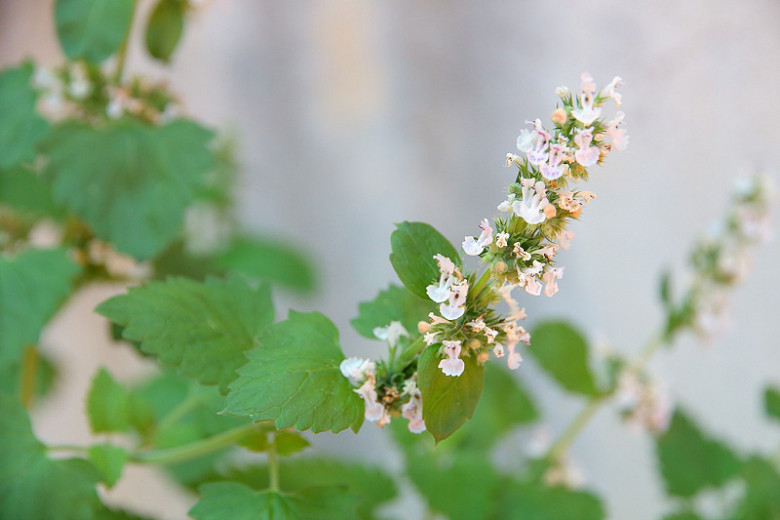
- Baby's breath (Gypsophila paniculata): This delicate white-flowering annual is a great choice for adding a touch of softness to a garden bed. It blooms from late spring to early fall, and its airy flowers provide a nice contrast to the daylilies' more substantial blooms.
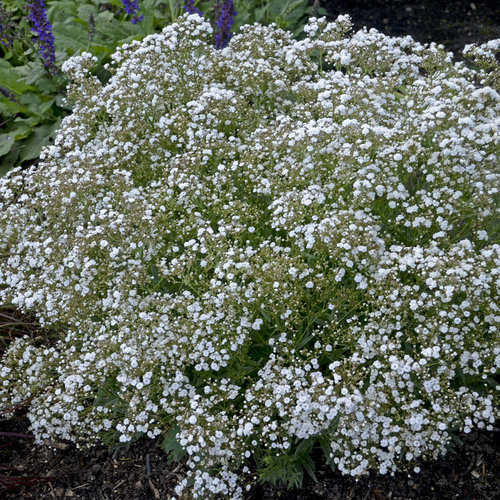
- Salvia (Salvia spp.): There are many different varieties of salvia, so you can find one that will complement the colors of your Stella d'Oro daylilies. Salvias come in a variety of colors, including blue, purple, pink, red, and white. They bloom from late spring to early fall, and their nectar-rich flowers attract butterflies and other pollinators.

- Ornamental grasses: Ornamental grasses add height, texture, and movement to a garden bed. They can be planted in front of, behind, or between Stella d'Oro daylilies. Some popular ornamental grasses for daylilies include blue oat grass (Helictotrichon sempervirens), maiden grass (Miscanthus sinensis), and fountain grass (Pennisetum alopecuroides).

When choosing companion plants for Stella d'Oro daylilies, it is important to consider the following factors:
- Color: Choose companion plants that will complement the colors of your Stella d'Oro daylilies. For example, if you have yellow daylilies, you might want to plant them with blue or purple companion plants.
- Height: Consider the height of the companion plants when choosing them. You don't want the companion plants to overwhelm the Stella d'Oro daylilies.
- Bloom time: Choose companion plants that bloom at the same time as your Stella d'Oro daylilies. This will help to extend the bloom time of your garden.
- Hardiness: Choose companion plants that are hardy in your climate zone. This will help to ensure that your plants survive the winter.
With a little planning, you can create a beautiful and stunning garden bed by planting Stella d'Oro daylilies with companion plants.
Stella d'Oro daylilies are a popular choice for gardens because they are easy to care for and have bright yellow flowers that bloom for a long period of time. If you are looking for companion plants for your Stella d'Oro daylilies, there are a few things to keep in mind.
First, you want to choose plants that will complement the daylilies' golden color. Some good options include lavender, catmint, and yarrow. These plants will add a touch of color and texture to your garden, and they will also help to attract pollinators.
Second, you want to choose plants that have similar growing conditions to Stella d'Oro daylilies. These plants should prefer full sun and well-drained soil. Some good options include sedum, echinacea, and black-eyed Susans.
Finally, you want to choose plants that will bloom at the same time as your Stella d'Oro daylilies. This will help to extend the bloom time in your garden. Some good options include balloon flowers, garden phlox, and gaillardia.
For more information about Stella d'Oro daylily companion plants, please visit Gardenia Inspiration.
FAQ of stella d oro daylily companion plant
Question 1: What are some good companion plants for Stella d'Oro daylilies?
Answer: Stella d'Oro daylilies are low-maintenance, drought-tolerant plants that can be grown in a variety of conditions. They make good companions for other sun-loving plants, such as:
- Lavender
- Yarrow
- Black-eyed Susans
- Coneflowers
- Echinacea
- Sedum
- Creeping Jenny
- Hostas
- Ferns
These plants will help to fill in the spaces between the Stella d'Oro daylilies and add interest to your garden. They will also help to attract pollinators, such as butterflies and bees.
Question 2: How far apart should Stella d'Oro daylilies be planted?
Answer: Stella d'Oro daylilies should be planted 12 to 18 inches apart. This will give them enough space to spread and grow. If you are planting them in a row, space them 24 to 36 inches apart.
Question 3: What is the best time of year to plant Stella d'Oro daylilies?
Answer: Stella d'Oro daylilies can be planted in the spring or fall. If you are planting them in the spring, wait until after the last frost. If you are planting them in the fall, plant them at least 6 weeks before the first frost.
Question 4: How do you care for Stella d'Oro daylilies?
Answer: Stella d'Oro daylilies are relatively easy to care for. They need full sun and well-drained soil. Water them regularly, especially during the hot summer months. Fertilize them once a year in the spring with a balanced fertilizer.
Question 5: What are some common problems with Stella d'Oro daylilies?
Answer: The most common problems with Stella d'Oro daylilies are:
- Leaf spot
- Rust
- Slugs
- Snails
To prevent these problems, water your plants regularly and fertilize them as needed. You can also remove any infected leaves or slugs or snails that you see.
Image of stella d oro daylily companion plant
5 different images of "stella d oro daylily companion plant" from Pinterest:
- Russian sage: This tall, blue-flowered perennial is a great companion for Stella d'Oro daylilies because it blooms at the same time and provides a nice contrast of color.

- Catmint: This low-growing, blue-flowered perennial is another good choice for companion planting with Stella d'Oro daylilies. It spreads quickly and helps to suppress weeds.

- Hummelo lambs ear: This silvery-green, mound-forming perennial is a great addition to any garden. It provides year-round interest and helps to attract pollinators.

- Rozanne geranium: This hardy, long-blooming perennial is a great choice for shady areas. It has deep purple flowers that bloom from spring to fall.
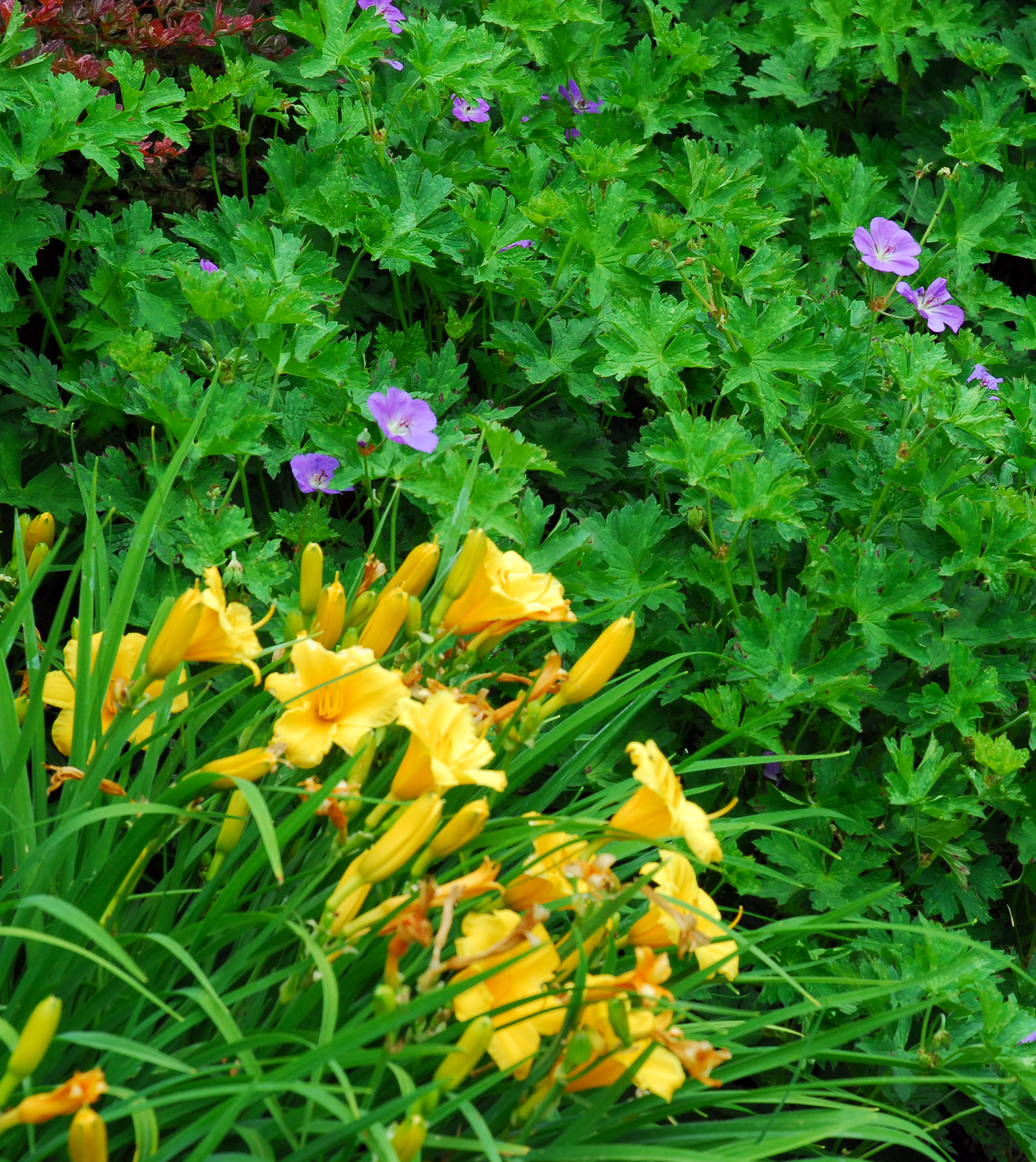
- Strawberry seduction yarrow: This tall, white-flowered perennial is a great addition to any sunny border. It blooms from late spring to early summer.
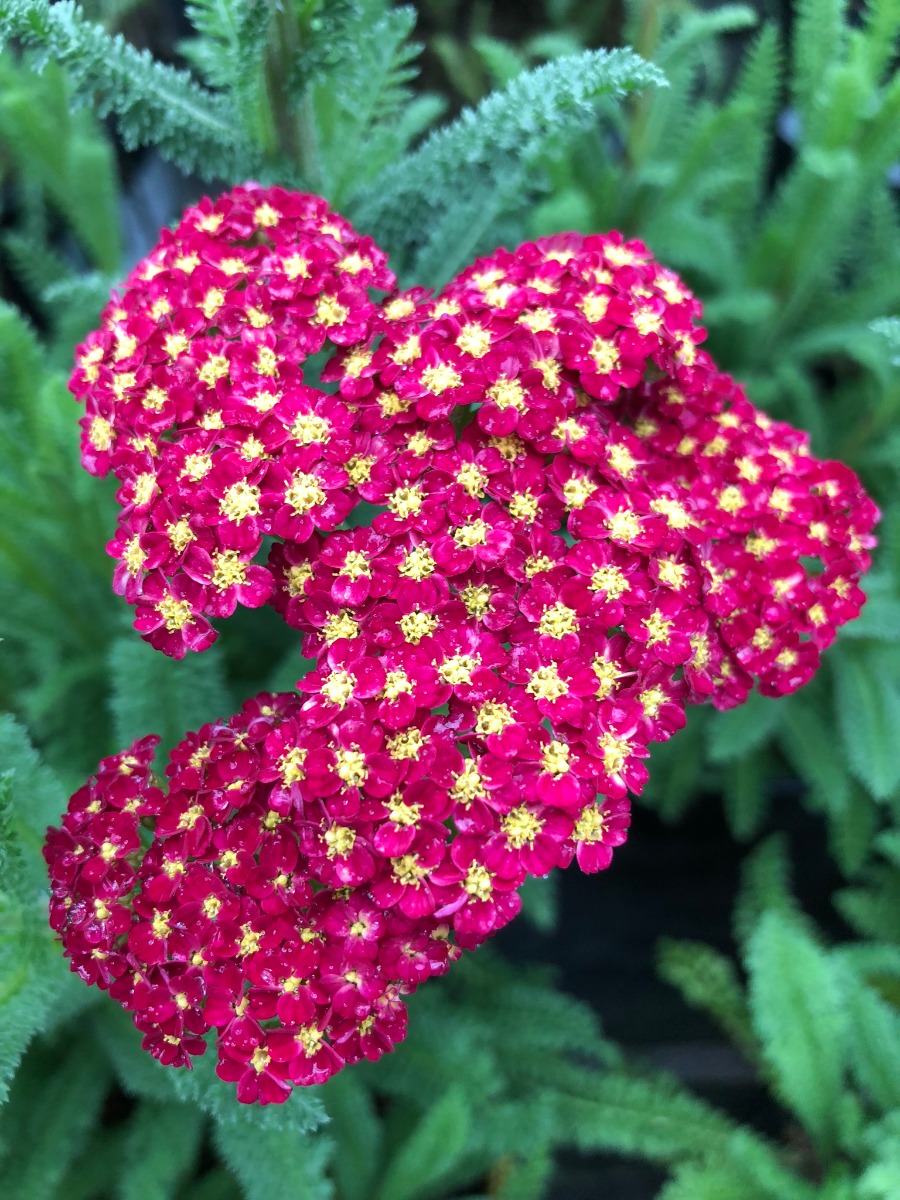
Post a Comment for " Stunning Companion Plants For Stella D'oro Daylilies"